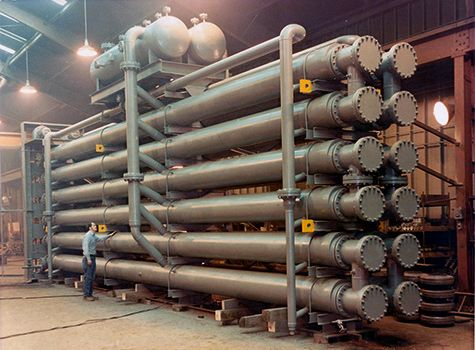Fouling of heat exchangers is defined as the accumulation of unwanted deposits on a heat transfer surface. Systems are known to have a foulant layer that is known to impose additional resistance during heat transfer. Thick deposits may also cause the narrowing of flow areas, increasing the velocity of volumetric flow rates.

In most cases, deposits are hydrodynamically rough. As a result, there is an increase in the resistance of the flow of fluid that goes over the surface of the deposit. Ultimately, there is a severe consequence of fouling, which includes a reduction in exchanger efficiency and excessive pressure drops through the exchanger.
Fouling happens rapidly in some heat exchangers. Other exchangers can run for several years before experiencing a problem. How systems run are primarily dependent upon the fluid, as well as conditions of exchanger operations. It is essential to keep in mind that the deposit types vary drastically. For instance, some deposits are hard, which makes them difficult to remove. Other accumulations will have varying softness levels. Softer deposits are usually easier to remove from scraped surface heat exchangers.
Deposits consist of different components. A deposit that results from cooling water tends to include adverse effects like particulate matter, corrosive products, and living biological material. The full extent of components within the deposit depends on many different factors, including the source of water, the treatment of water, temperature, and processing conditions.
